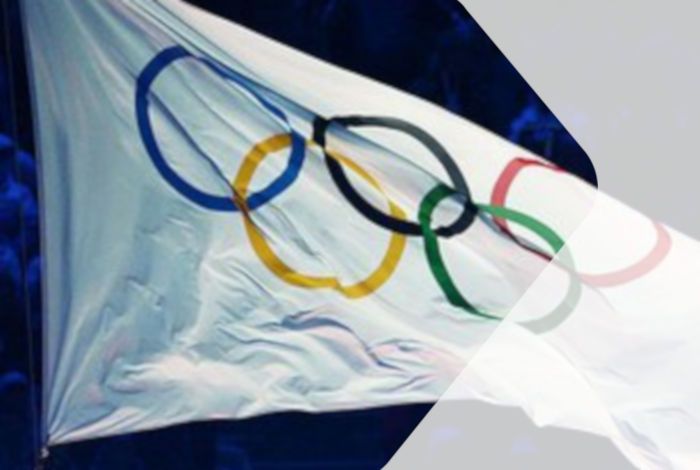Torino 2006
Olympic Games And The Traffic Plays Along
SWARCO to the Mountains and in the City
The 2006 Winter Games in Torino, Italy, were also known as the "Olympia of Long Distances", as there were almost 100 km between the competition venues in the city and in the countryside. Since SWARCO was in charge of the traffic technology, the long distances were above all safe.
The 2006 Olympic Games were held in four halls in Turin and at several locations in the mountains west of the city. In between were almost 100 km, which had to be covered several times not only by the athletes, but also by the numerous visitors. One can imagine what the back and forth meant for the traffic. SWARCO was faced with great challenges: The efficient transport of the public and athletes had to be ensured. Of course, the athletes had priority, but traffic jams had to be avoided as much as possible. How could an optimal connection between city and country be created, when there was a lack of capacity - roads, parks, etc.? There was also a need for traffic management and transport solutions for emergencies.

More Power for Public Transport
SWARCO pursued two strategies that led to success. For example, a transport concept was developed for the city of Turin that pushed public transport. Dedicated lanes on the main traffic arteries ensured that the buses went from A to B faster, safer and easier. The transport capacity could thus be significantly increased. Park & Ride was stimulated and promoted by constructing large parks on the outskirts of the city. A multimedia information system kept everyone up to date: the public, the visitors and the people in charge.
Efficient Park & Ride Solutions
There was also a lot going on in the mountains: on the one hand the train traffic between Turin and the event locations in the country was increased, on the other hand the Park & Ride system was also promoted here with further parks. An additionally equipped bus transport shuttled back and forth between the railway stations as well as parking lots and competition venues. Modern information technologies made full use of the Park & Ride capacities, as cars were guided to the next vacant parking lot in good time as soon as another was completely occupied. Conclusion: With 80 nations, the Olympic Games in Turin set a new participant record at the time - and traffic also played its part.